- Learning time
- 10 minutes
- First play time
- 60 minutes
Blue Lagoon
Designed by: Reiner Knizia
In Blue Lagoon players are competing explorers, intent on grabbing the best spots for themselves in what amounts to a race – albeit there’s no finish-line, so it’s more Black Friday than anything else.
The board shows the lagoon in question, which has eight islands in total. Each player starts with a big stack of reversible settler tokens (land one side, water the other) and five village pieces. Turns couldn’t be simpler – simply place a token or village onto an available spot on the board. Boats can go anywhere on the water, and land-settlers can go next to any of your previously-placed tokens or villages.
But underneath that simple premise is a highly interactive puzzle: you’ll score points in a number of ways at the end of the round based on your presence in the islands (all eight, ideally!) how many spaces you occupy there (each island scores for most-placed tokens and villages) how many islands you’ve connected together (this must be an unbroken connection!) and the resources and statues you’ve collected there: resources score for sets and statues are simply 4points per statue. All of these scoring criteria overlap, and as well as trying to maximise your own score you’re also trying to stymie your opponents. When the last resource is claimed the round is scored, and the process starts again for the second and final round – with the one difference being that now you can’t start at sea, but must begin placing tokens from wherever your villages are.
After the second round, the game ends!
Joe says
Another great example of Reiner Knizia's continuing prowess, as he boils down the essence of several of his older games into an extremely feisty bun-fight - Blue Lagoon is largely about spotting your opponents' plans and spoiling them. A round begins with all players eyeing up the really choice positions and grabbing them early - and every game will have a tipping point, where players must switch from setting up plans to executing them. Leave it too late and you'll run out of time/pieces; too early and you'll miss out on the rich pickings. It invites table talk too - if someone's spotted your next move, you have to convince them that they have more pressing concerns. Games like this and Northern Pacific really benefit from having multiple scoring rounds, as they allow players to see who's in the lead, and gang up on them; essential to prevent a runaway leader. So yes, not a nice game - but potentially a great one.
The guru's verdict
-
Take That!
Take That!
Mmmmm, yes, a fair bit. You'll always want to do more than you can achieve, and every game will have a moment - several, in fact - when somebody else occupies a space you really, really wanted!
-
Fidget Factor!
Fidget Factor!
Low - because all you're doing is placing a token (or village) the game speeds along.
-
Brain Burn!
Brain Burn!
Simple rules. The burning here is the Hobson's choice-type scenarios that crop up.
-
Again Again!
Again Again!
The board and parameters never change, but despite that Blue Lagoon offers a lot of replayability due to the fact it's so combative, and even has some strategic options too - you might abandon one scoring criteria to maximise others, or try and get a bit of everything...

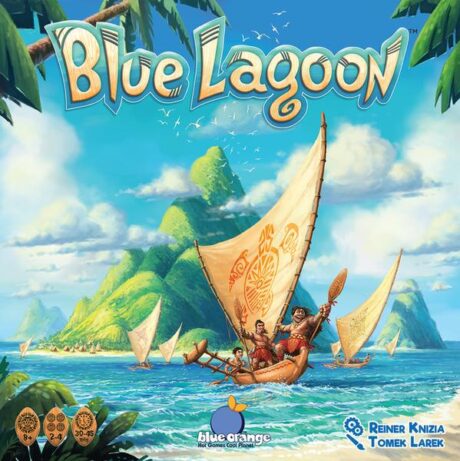

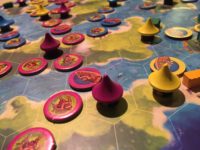
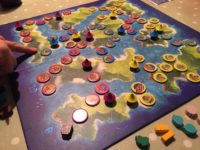



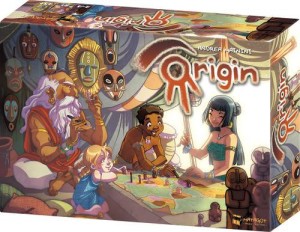
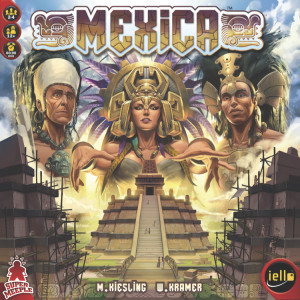
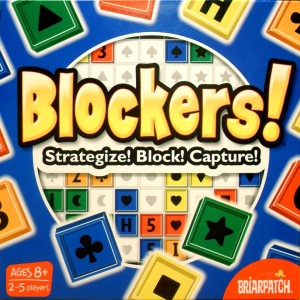
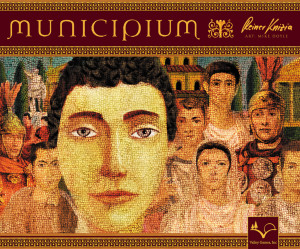

Sam says
A very cleverly designed game that has so much going on within the simple rules. I'm not great at this type of thing, where you're juggling multiple scoring criteria for yourself v multiple scoring opportunities for others, but I can't help but admire how highly interactive it is despite the learn-in-five-minutes ruleset.